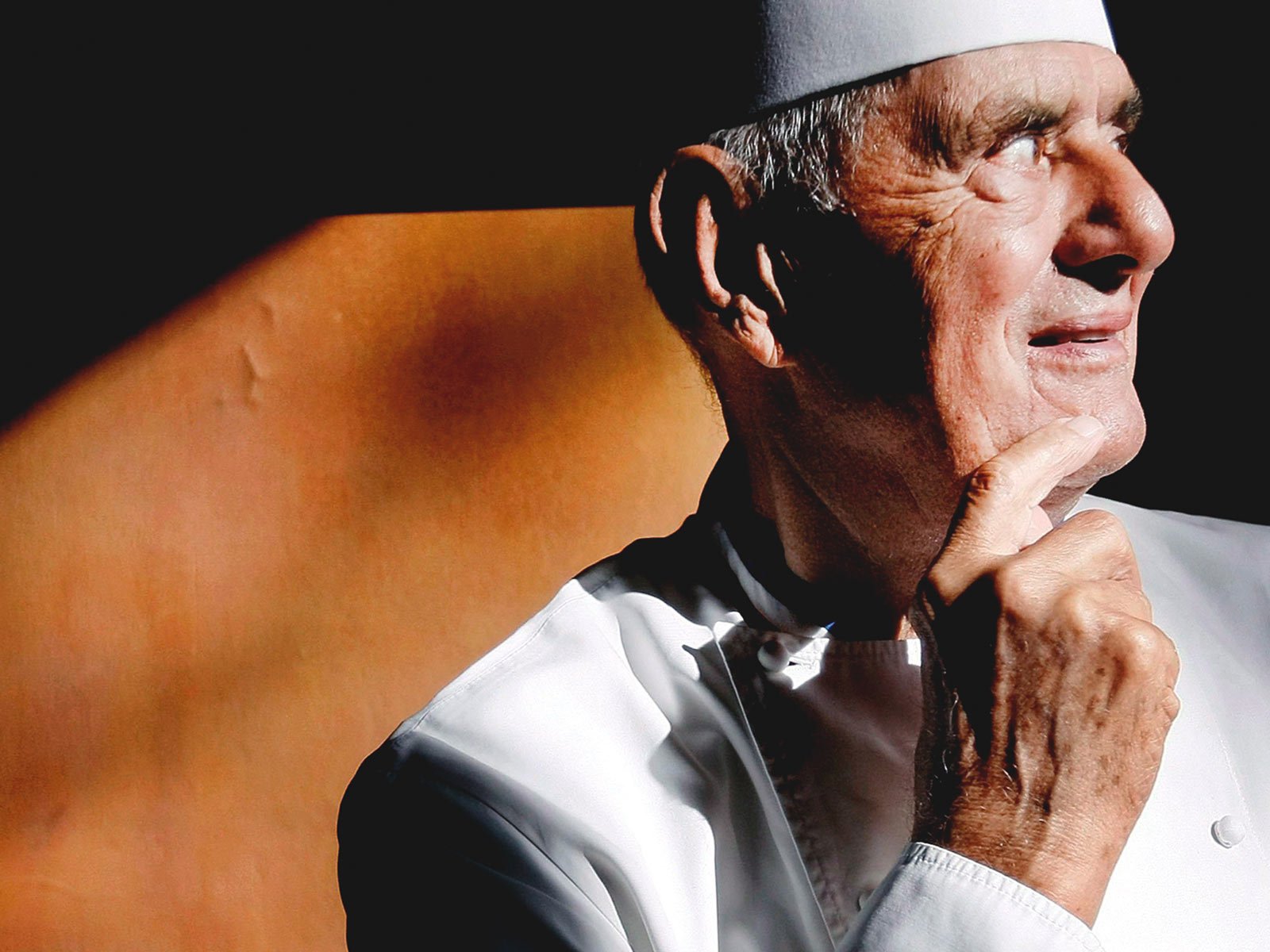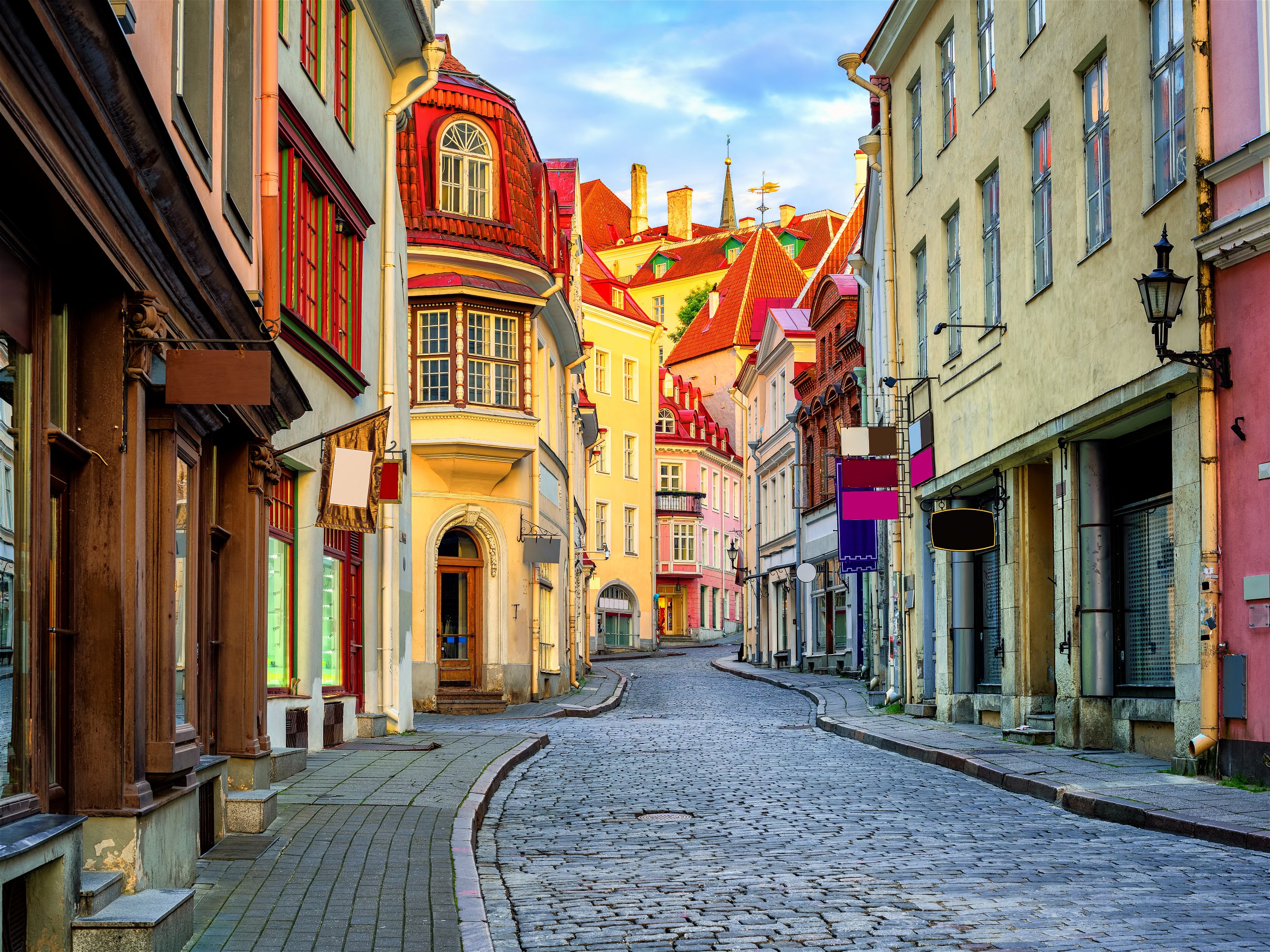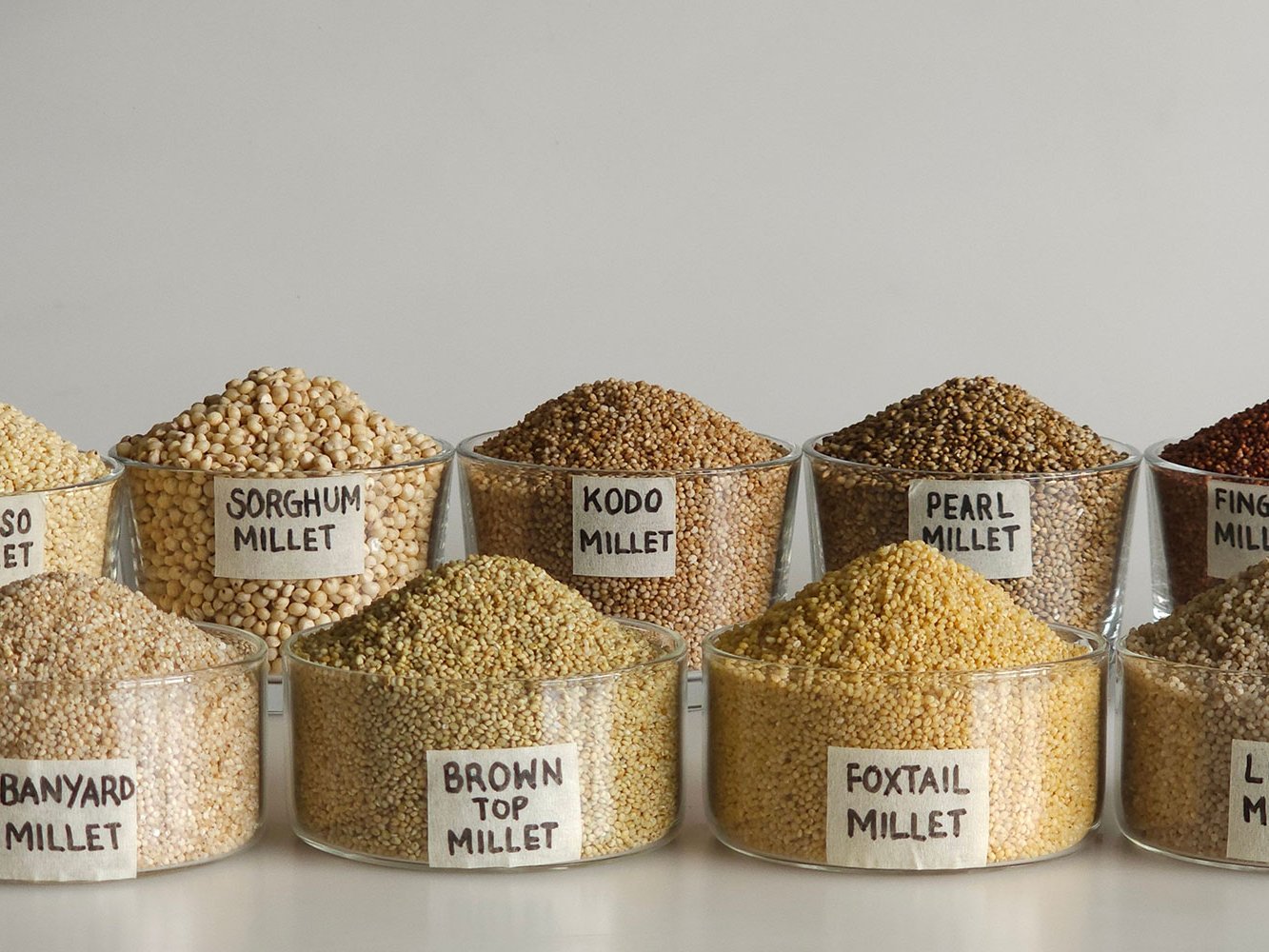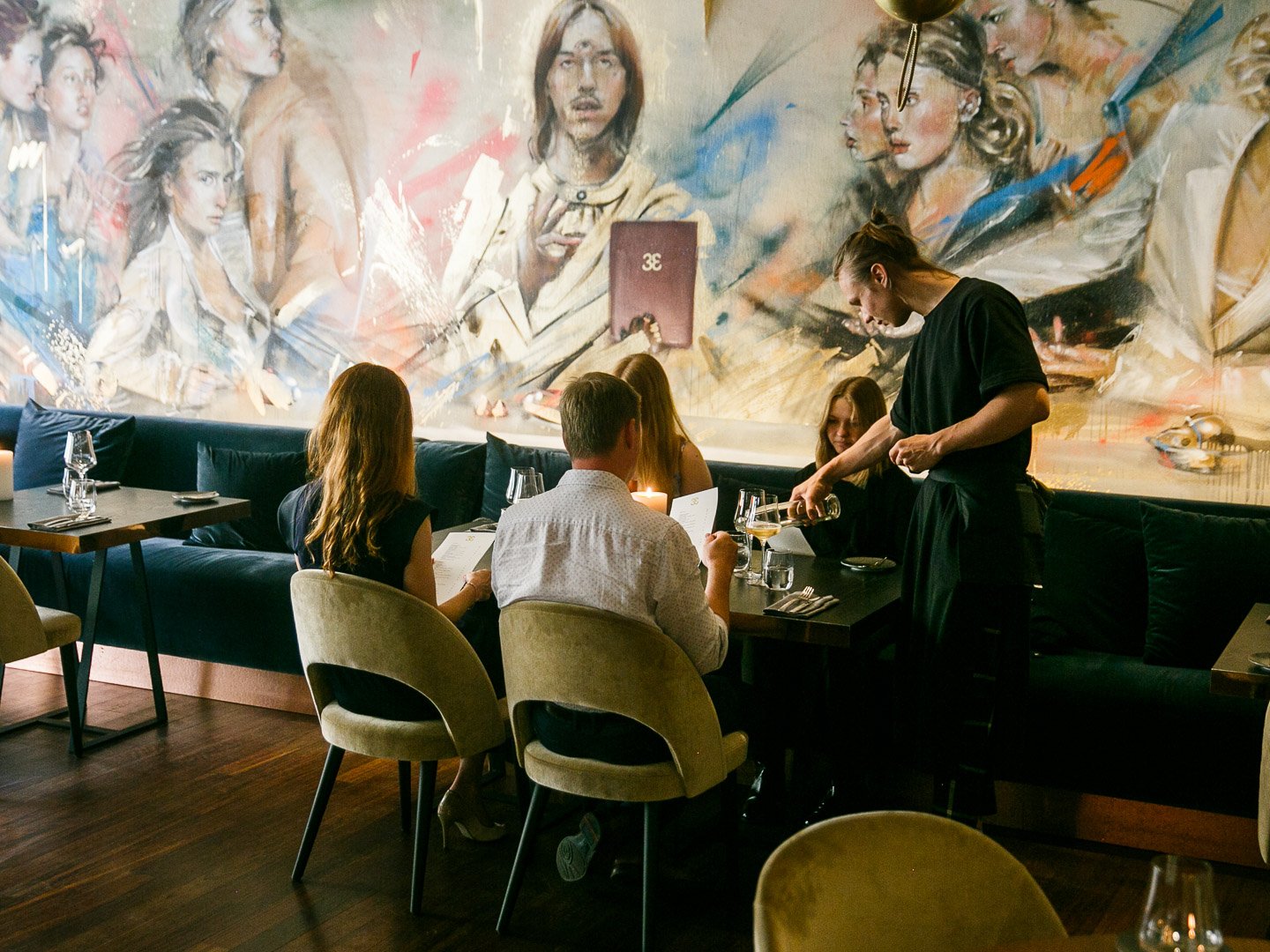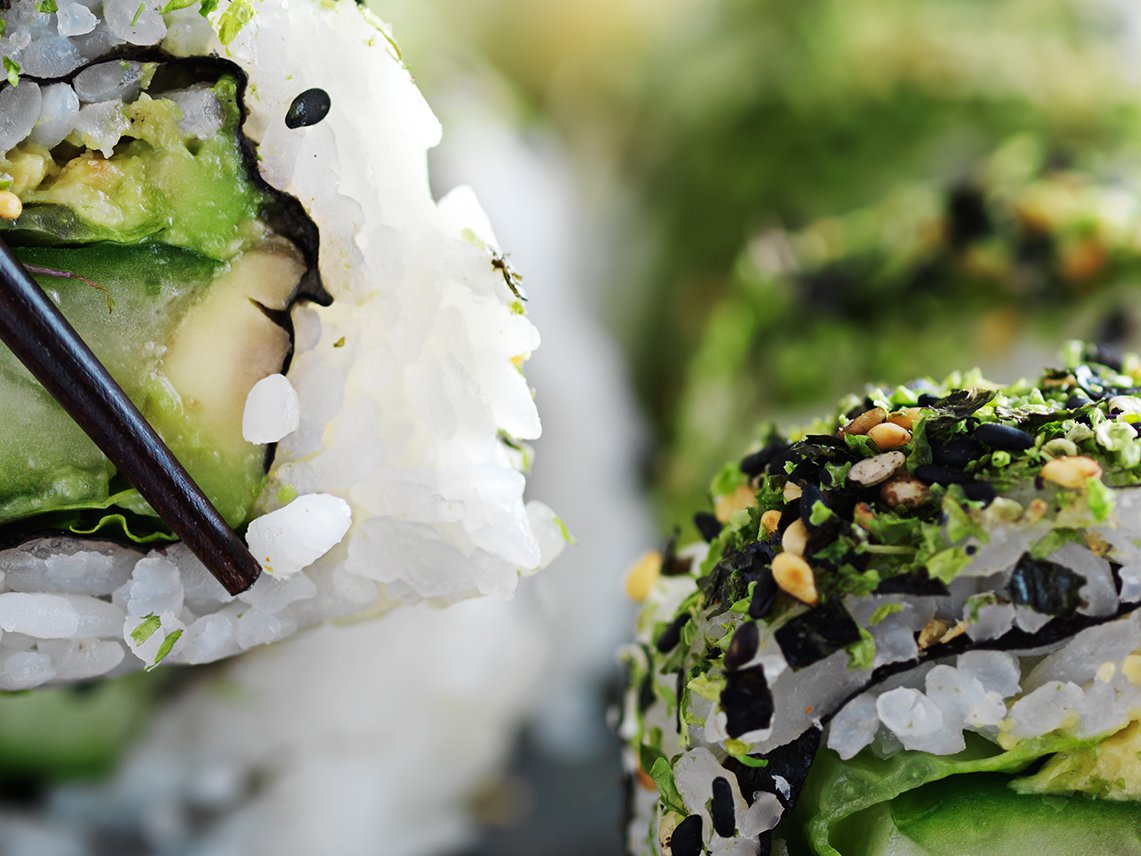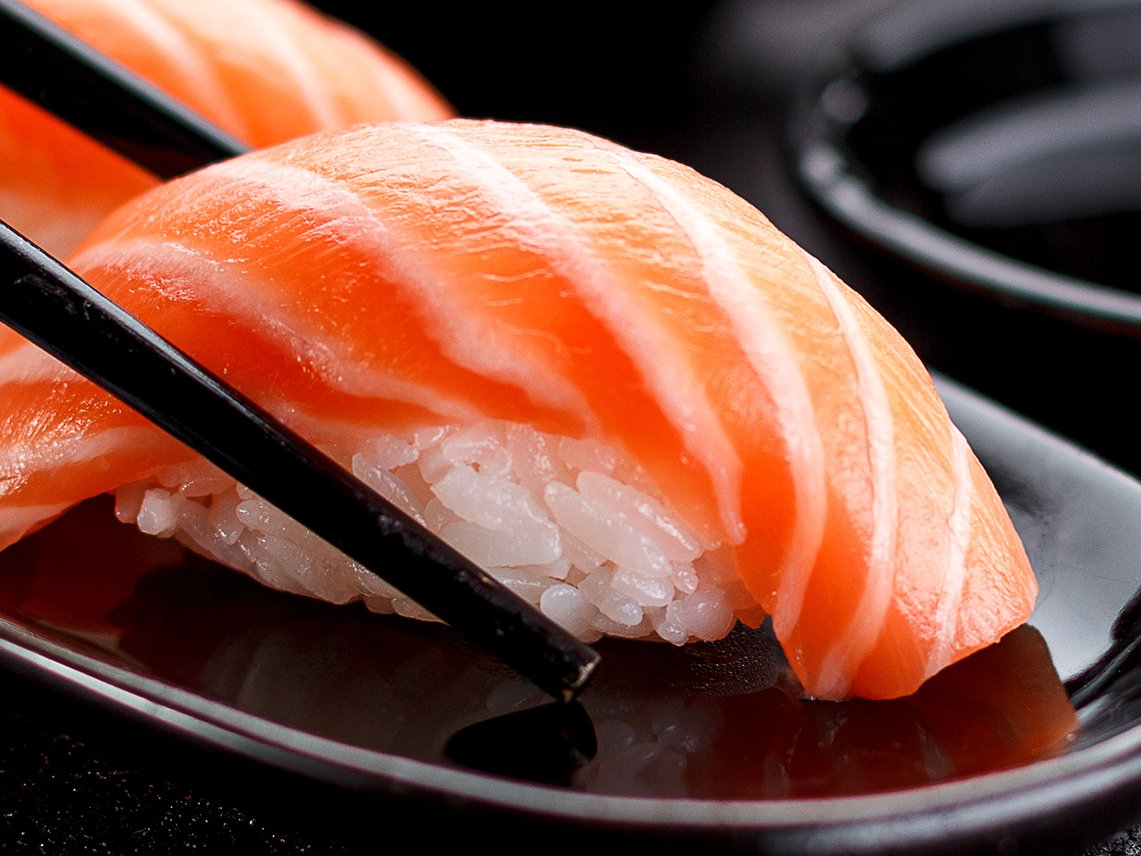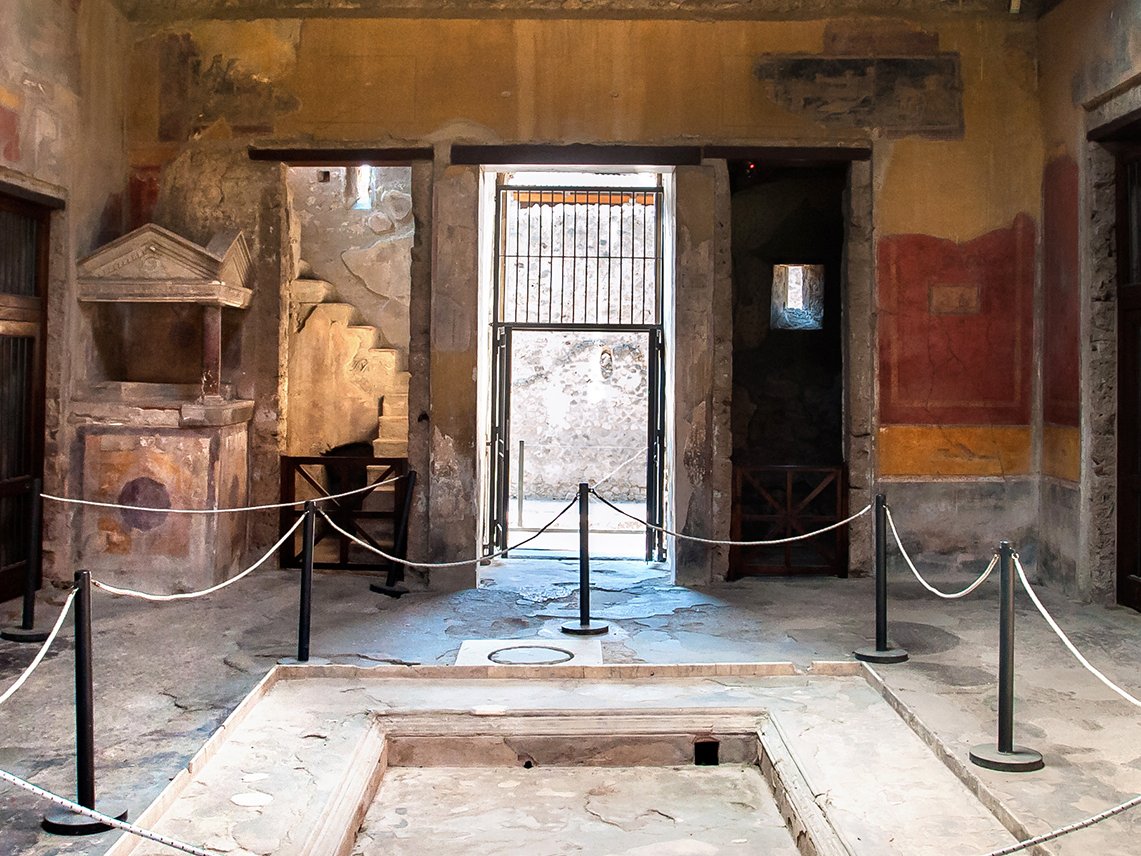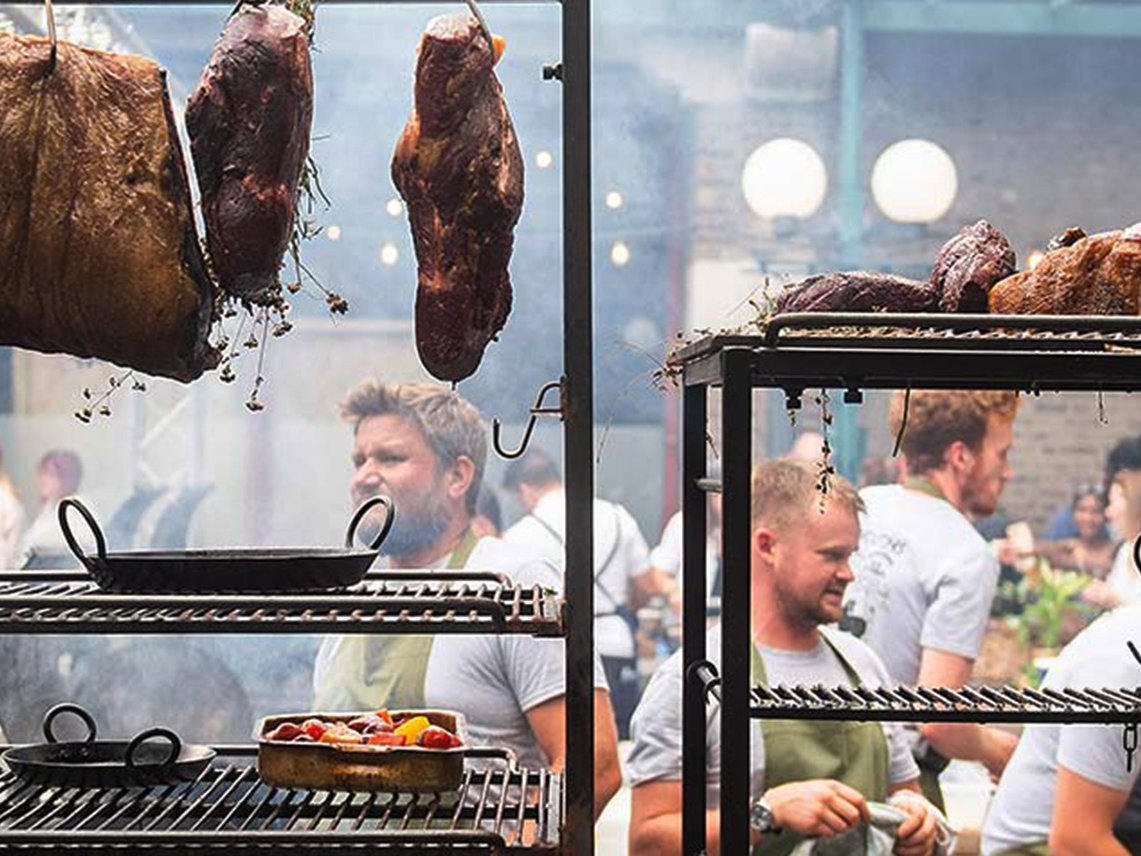Dissolved in nitrogen: molecular cuisine
What happened to molecular cuisine? We look at the heirs to this once popular but controversial kitchen revolution that spread from Spain all over the world.
They are dishes of a different kind: fir shoots on honey ice cubes, self-dissolving ravioli filled with pine nut pralines. An oyster on passion fruit jelly and lavender. Mustard ice cream with red cabbage gazpacho, accompanied by sweets of duck foie gras with caramel, followed by a liquid porcini mushroom snack or an iced lollipop of beetroot with yoghurt.
It all sounds pretty crazy. As if a chef removed from the world mixes everything together that they can get their hands on from a culinary cabinet of absurdities. And yet, for a long time, such strange-looking creations were part of the everyday life of the so-called molecular chefs who were to change the culinary world in the 1990s and amaze even the most jaded eater. It was a time when a new species of chef said goodbye to everything conventional and instead tried their hand at caviar-flavoured gummy bears.
At that time, Spaniard Ferran Adrià was the figurehead of this so-called "kitchen revolution". In his now closed restaurant El Bulli in a remote bay on the Costa Brava, he dismantled what he found in his kitchen and then reassembled it. He pumped up tomatoes until they burst – what was left he turned into foam. He developed ravioli that deconstructed themselves on the palate because they literally melted on the tongue. Adrià and a whole army of disciples were postmodernists back then. Nothing was sacred to them. How something should taste was questioned analytically, and the basic rules of cooking were turned upside down. They cooked as if they were in a chemistry laboratory, with chemical and physical processes suddenly much more important than the basic rules of traditional European cooking.
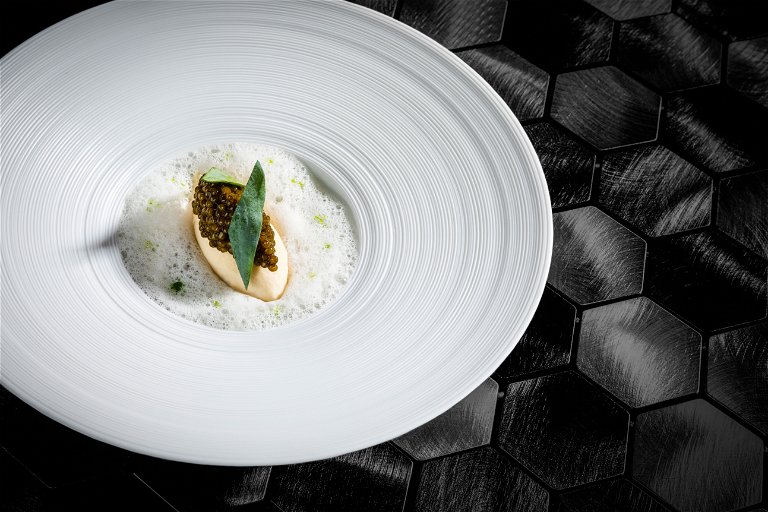
Amador at El Bulli
One person who was fascinated by molecular cuisine at the time was Juan Amador, an exceptional German chef with Spanish roots who now runs Austria's only three-Michelin star restaurant in Vienna. Earlier, he became one of the most popular molecular chefs in Europe in Germany. He explains how it came about: "It was 1996, I was a chef in Germany, one star, 17 points, three toques, everything was great. I went to Spain and read in a report about El Bulli, two stars, somewhere at the ass end of the world. I called immediately and ordered a table. No problem at the time. So I'm there, eat something, get up and say 'I can't cook. Sorry. What I do has nothing to do with cooking' and leave."
It was a meeting that changed Juan Amador's life and his entire way of cooking. Today, Amador is no longer considered a molecular chef. He has changed his personal style of cooking again, elements of molecular cuisine are only sparsely present. What the German-Spaniard and Austrian by choice cooks today has little to do with his "wild laboratory days".
In a way, however, molecular cuisine already existed before Ferran Adrià and his legendary El Bulli restaurant. As early as 1969, Nicholas Kurti, a physicist with a penchant for popular topics, gave a lecture to the Royal Society in London. The title was "The physicist in the kitchen". It was about the influence of physics on cooking. The lecturer asked the question: "Why do we know everything about the temperature inside a star, but practically nothing about the temperature inside a soufflé? Conclusion: "Physics applied correctly can change the art of cooking."
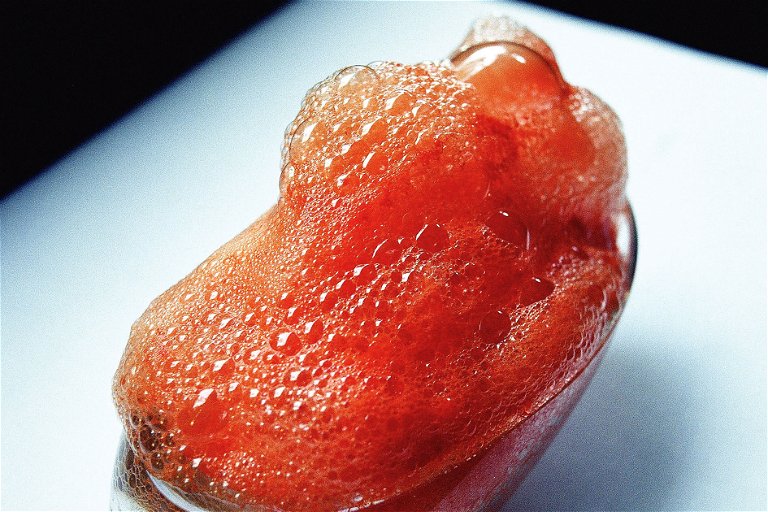
The end of El Bulli
However, it still took many years until this came about. It was not until the French physical chemist Hervé This organised the first international meeting on molecular and physical gastronomy in Sicily in 1992 that the term "molecular cuisine" was introduced to the world. Also present at the meeting: Ferran Adrià and French star chefs Pierre Gagnaire and Michel Bras.
The former El Bulli became the epicentre of molecular cuisine and was regularly awarded the highest rating of three stars by the Michelin Guide. The restaurant was voted number one five times in The World's 50 Best Restaurants. For years, getting a table at El Bulli was as coveted and rare as winning the lottery. But in 2011, it was closed.
Adrià's brother Albert, seven years his junior, took over the legacy of the legendary, and certainly most extraordinary, restaurant in Europe. Since El Bulli closed, he managed to open five restaurants in the trendy Parallel district in Barcelona, three of which have since been awarded a Michelin star. Albert, who started out as a pastry chef, is considered much more down-to-earth than his famous brother.
Even though molecular cuisine has long since lost its significance, the fiercely controversial kitchen trend caused a stir, at least for a time. Suddenly, every restauranteur, no matter how remote, wanted to serve ice balls chilled in nitrogen. The results were sometimes disastrous.
Nevertheless, the trend has influenced many top chefs, especially in Spain. Notably, the Roca brothers with their restaurant El Celler de Can Roca and three-star chef Elena Arzak and Andoni Luis Aduriz (Mugaritz restaurant in Errentería not far from San Sebastián). But also the Italian Massimo Bottura in his Osteria Francescana in Modena, which has been voted number one in the world several times, still cooks with elements of molecular cuisine. However, the term is hardly used any more; the trend has more or less vanished into thin air, or rather, into nitrogen, due to its many absurdities.
Resurrection
So what is Ferran Adrià, the "Picasso of the culinary arts", doing today? He wants to reopen El Bulli – not as a restaurant, but as an exhibition and laboratory. Over a total of 5,000sqm, elBulli 1846 is to become an exhibition centre, a 'museum of innovation', thanks to an investment of around €10 million. According to Adrià, the number in the name is a tribute to Auguste Escoffier, known as "the king of chefs and the chef of kings", who was born in 1846 and is considered a pioneer of haute cuisine.
Adrià has been talking about opening the exhibition centre since 2014. It is also intended to be a place that preserves the legacy of El Bulli and thus of molecular cuisine. The resurrection is planned for June 2023.

